Ever since Tite Kubo’s Bleach premiered in 2001, it has become one of the most talked-about anime. A heavy hitter in Japan’s Shonen Jump magazine, Bleach soon became a part of the Big Three alongside Masashi Kishimoto’s Naruto and Eiichiro Oda’s One Piece. Out of all these titles, Bleach was seen as the weirdest name for an anime, considering that it had nothing to do with the actual household product. Even to this day, fans wonder why Kubo decided on Bleach as the anime’s name. There’s a reason why, but to be honest, it’s just as eccentric as the name itself.
When Tite Kubo introduced his Soul Reaper anime to the world with a one-shot manga, it didn’t do very well at first. This was after he had already spent loads of time trying to figure out the best name to describe his concept. It all started when Kubo wanted to draw Shinigami in black suits and fit them with guns. Using that premise, he actually drew Rukia Kuchiki as the lead character first and gave her a scythe to signify her role as a Shinigami. In the beginning, he thought about calling the anime Snipe to a play on the word “Sniper” since many of the Shinigami carried guns.
Can you imagine? At one point, Bleach could have looked like this:

Instead, Kubo decided that black-and-white kimonos made for a better appearance and soon exchanged the guns for swords since katanas were a more sensible weapon for soldiers walking around dressed in kimonos. At first, he wanted to name the anime Black to embody the black kimonos of the Shinigami, but felt the title was too simple, which is also the exact reason why he avoided his next idea for the title, White. So he finally decided on Bleach, as the household product captured the essence of changing things from black to white.
In fact, there are a couple of different contexts that convey this idea as a visual theme.
The first is the idea of “black vs. white,” as the natural contrast of the two colors represents a clash between two sides, mainly good versus evil. If you notice, the Soul Reapers⏤who are usually dressed in all black⏤have primary antagonists dressed in all white, symbolizing the transition from black to white. This is seen with their long-standing rivals, The Quincy, as the tribe’s primary colors are white clothing that is the opposite of the Soul Reapers’ black kimono look. The same goes for the Arrancar⏤unmasked Hollows given a human form⏤who wear white uniforms with black detailing as an inverted take on the Soul Reapers’ black and white kimonos.

It’s also seen in the Soul Reapers’ handling of the spirits that still hang around on the mortal plane, as it is their primary job to “cleanse” these tormented souls and send them safely to the Soul Society. Soul Reapers do this by guiding the souls with a “Konso” or “soul funeral.” Finally, the act can also be seen as a transition from the dark to the light since many tormented souls are on the verge of turning into evil Hollows and get brought back to the good side of the Soul Society.
Of course, it’s difficult to see all of that meaning from just a simple off-putting name like Bleach, but it can’t be denied that the name’s uniqueness is definitely enough to grab a person’s attention and get them interested in the anime. And honestly, after watching the Soul Reapers engage in crazy supernatural battles with Hollows a few times, you’re probably not going to care what name the exciting anime goes by.




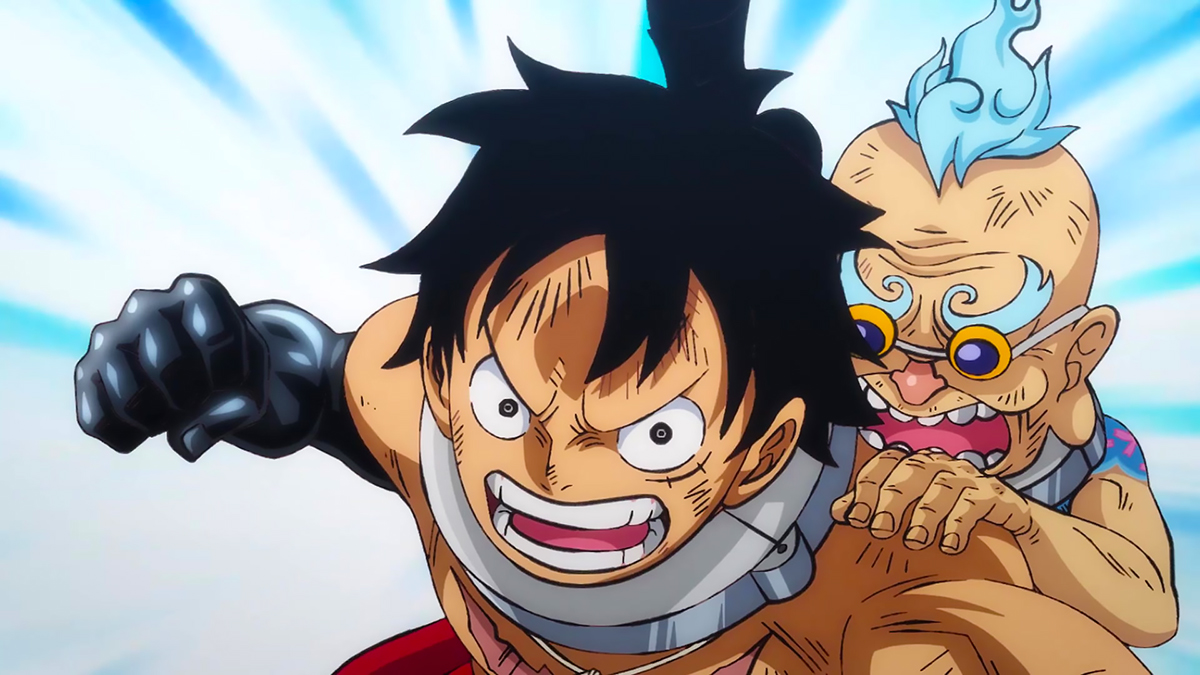
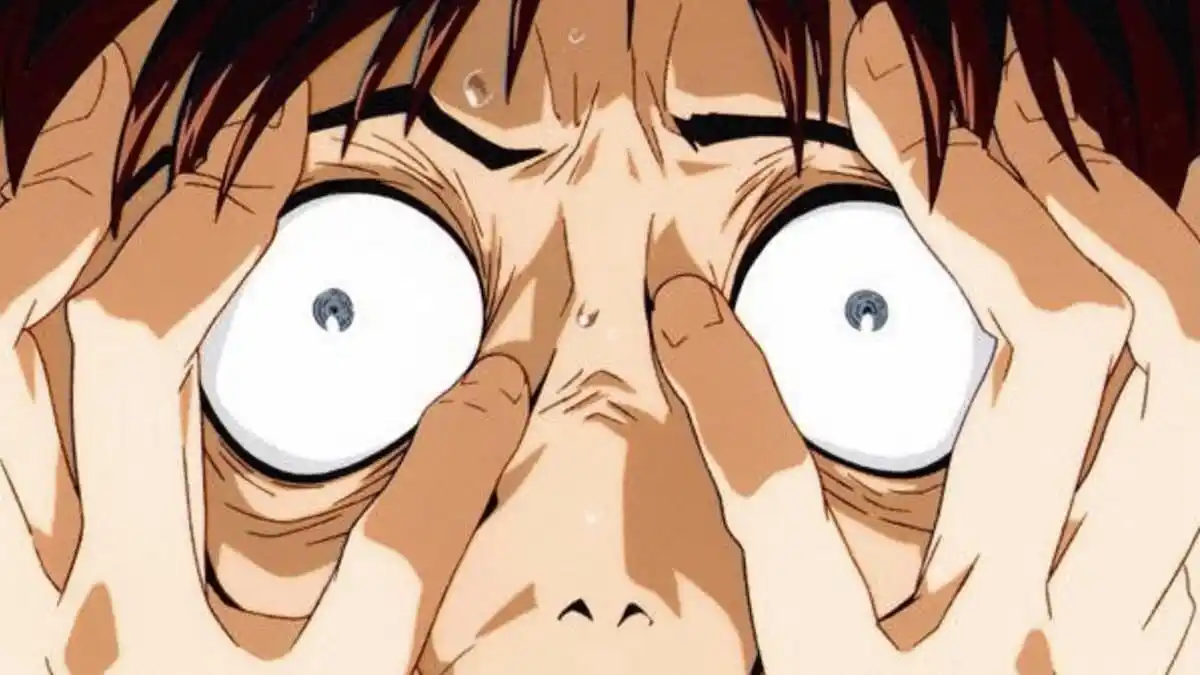
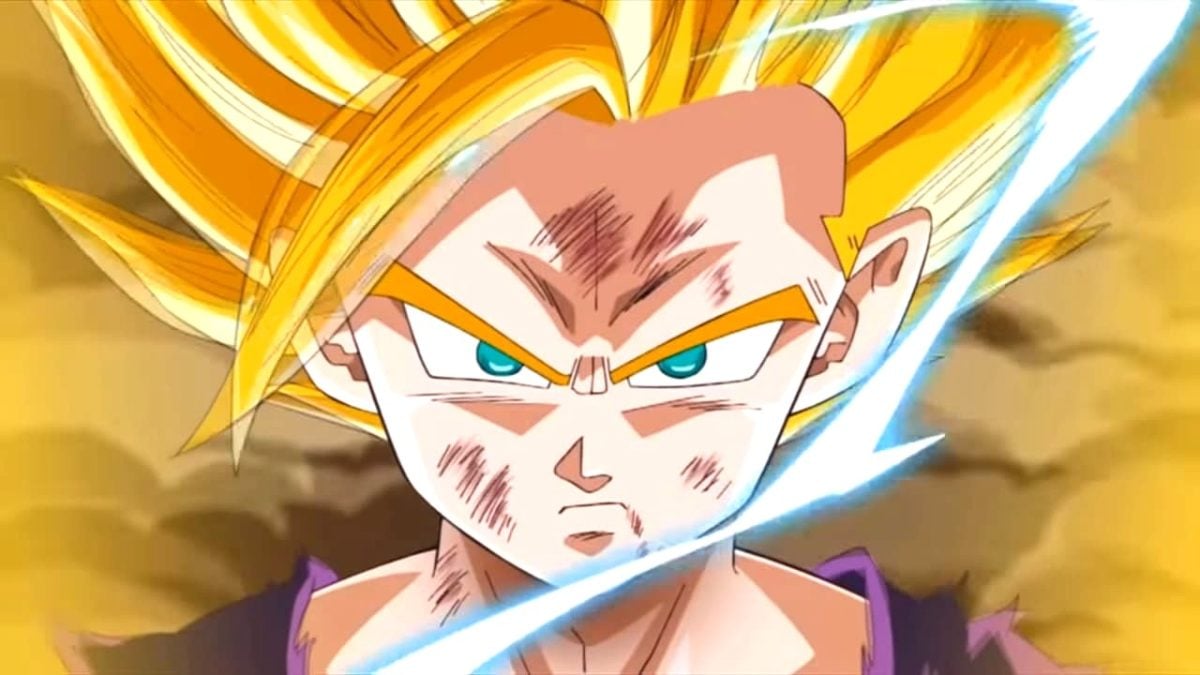
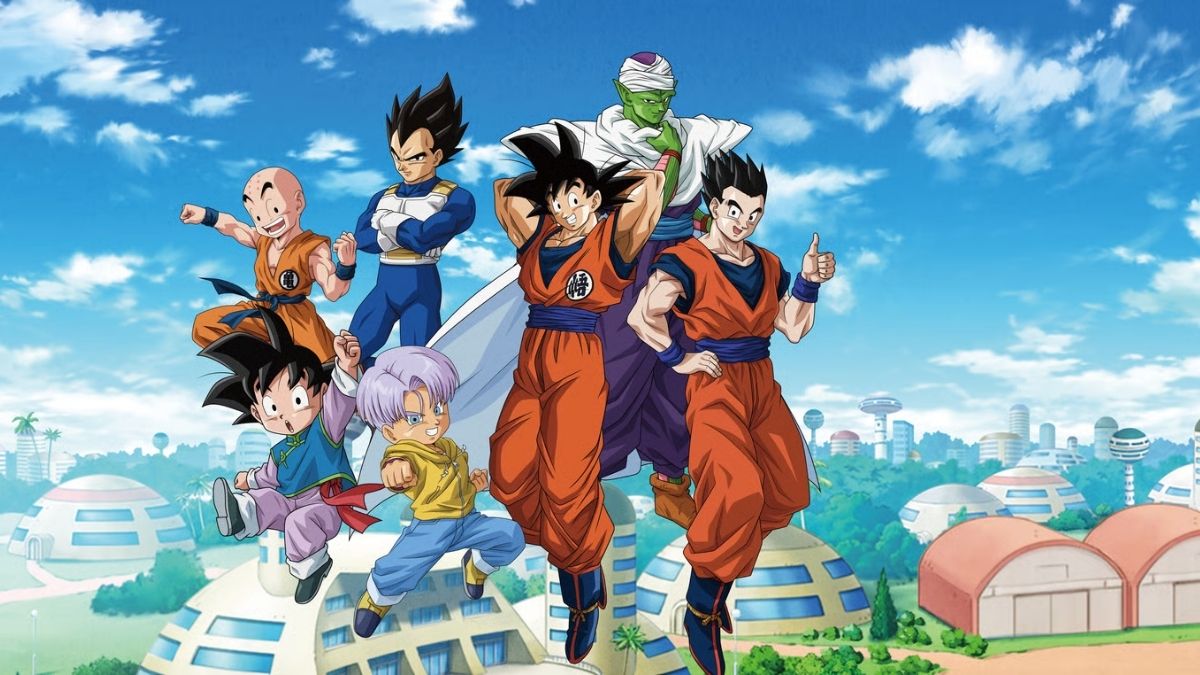
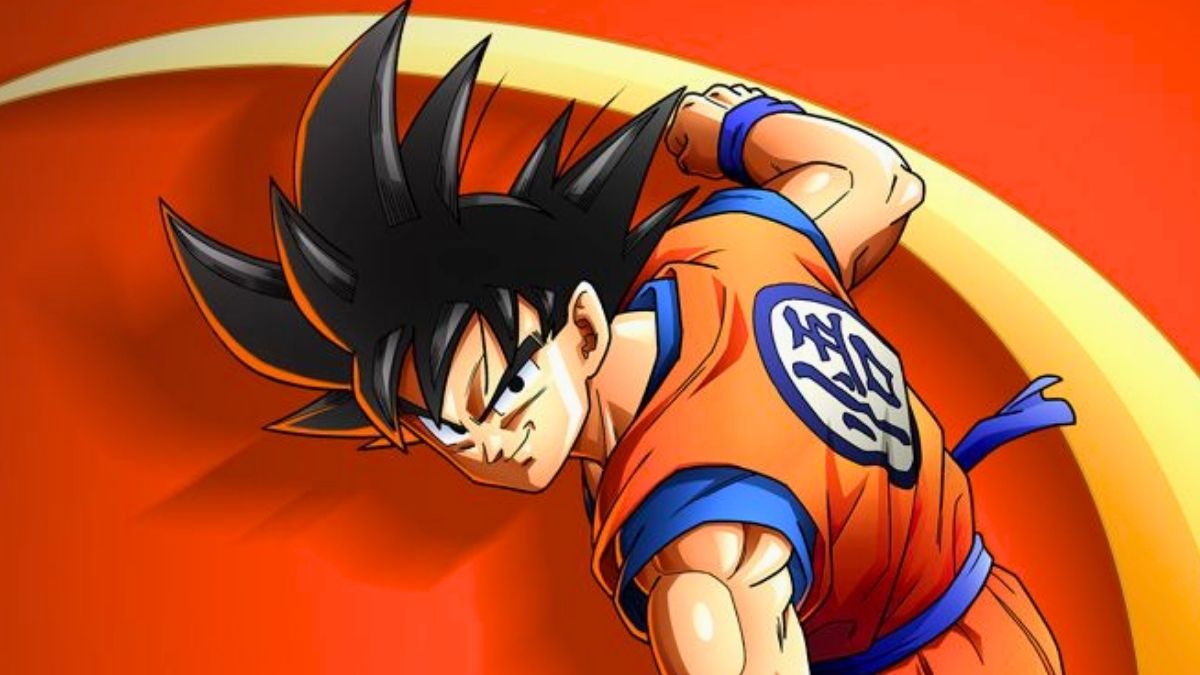
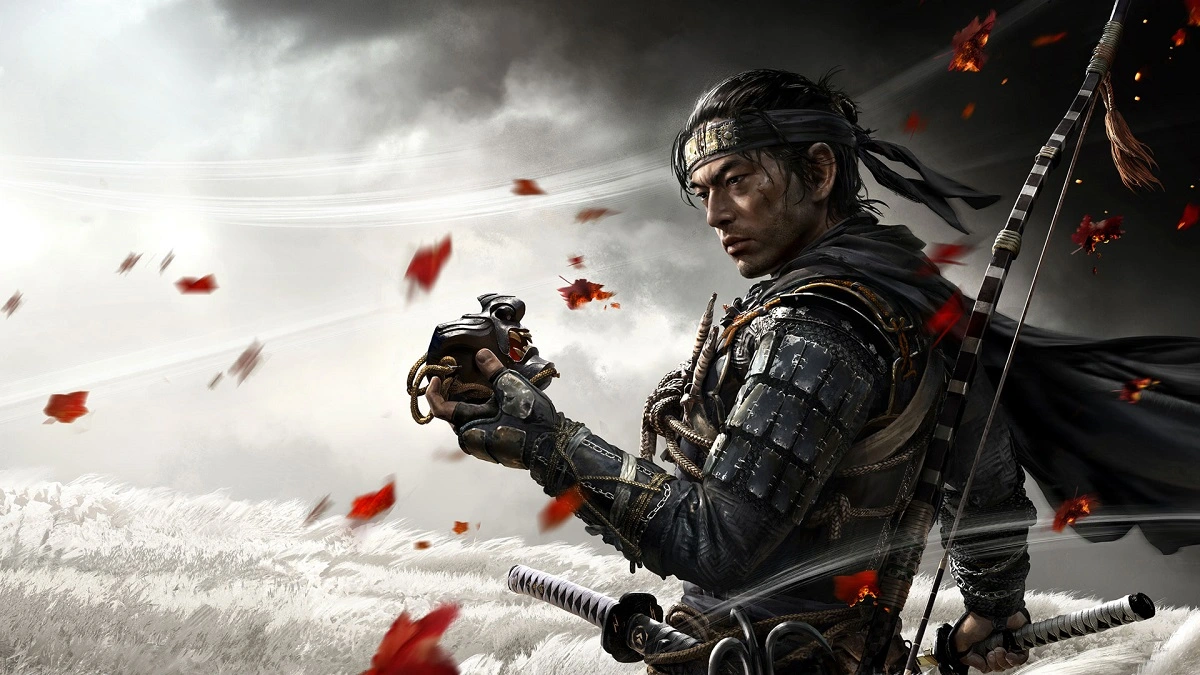
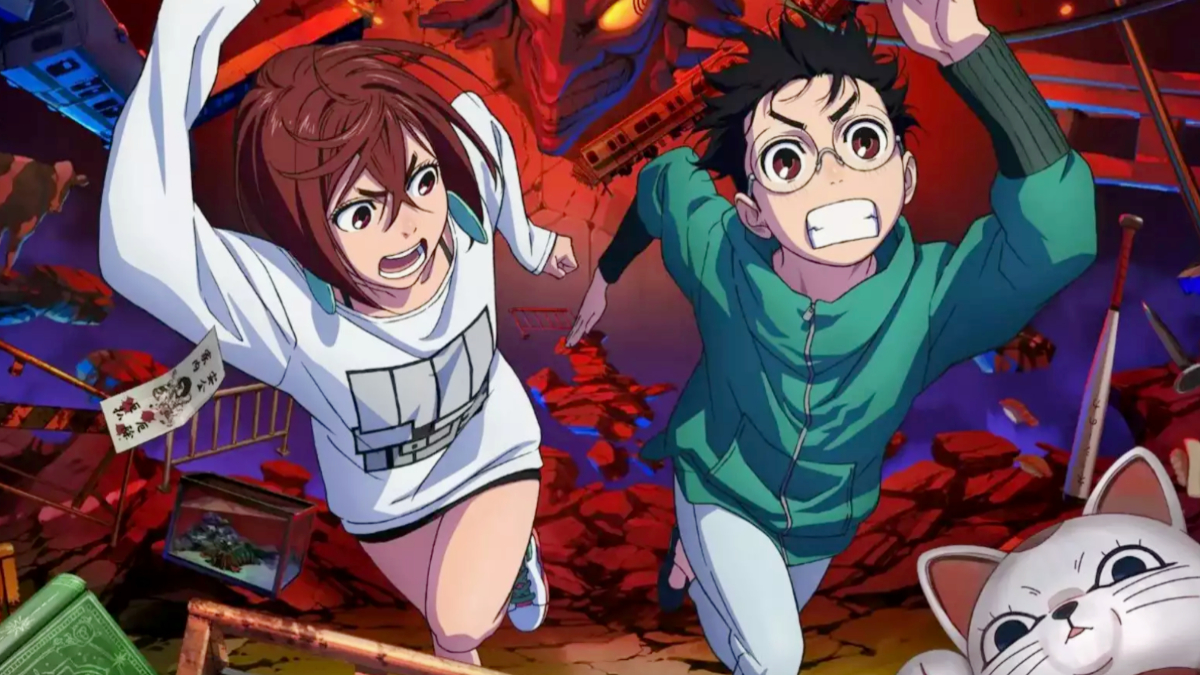
Published: Oct 12, 2021 10:21 am